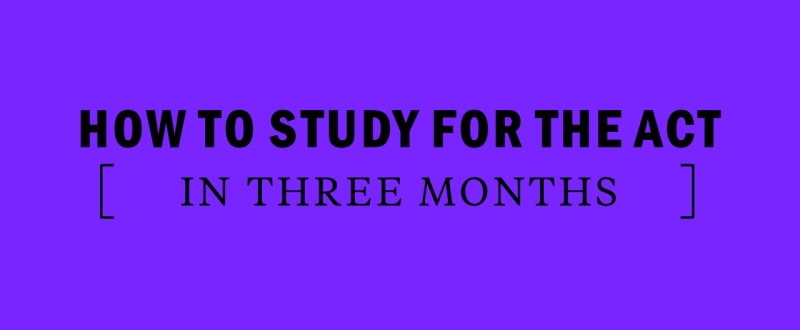Drawing Conclusions on the ACT Science
Most questions on the ACT Science Test will ask you to draw some sort of conclusions based on the passage. These are most like “inference” questions from the ACT Reading Test. To do this accurately, you must mark up the passages as you read, paying close attention to the topic, experiment set-ups, given results, author’s point of view, and underlying assumptions as you go. Make you to mark up the ACT test booklet you are given. Your answer grid and ACT Writing essay are the only two pieces of paper on which your score will be based. Your graders will never see the notes you made in the booklet, so feel free to draw all over it! Here’s an example of how literally “drawing” can better help you draw conclusions and get better scores on the ACT test come Test Day!

Notice how you can draw circles and boxes, underline, make arrows, etc. Use whatever system works best for you! You can also see that it’s important to summarize each Scientist’s position in one or two words. Scientist 1’s position can be summarized by the phrase “ability to move” whereas Scientist 2’s position can be summarized by the phrase “resemblance.” Now let’s try a question!
A basic question for a passage like this would be something like: “According to Figure 1, which set of characteristics would distinguish between algae, true plants and fungi?” According to Figure 1, plants could be classified as algae, true plants, fungi, or bacteria based on two characteristics: whether they are photosynthetic and whether they are single- or multi-celled. After doing all the hard-work understanding the chart and the Scientists, it’s easy to see where to look for the correct answer! Now let’s look at a more challenging question:
Which scientist would have no difficulty classifying a photosynthetic organism as an animal?
Scientist 1 divides animals and plants based only on motility. Scientist 1 would classify anything that moves as an animal, even an “animal” that was photosynthetic. Scientist 2, on the other hand, would ask which the organisms that it most closely resembles, and note whether they have already been classified as plants or animals. According to Figure 1, one of the two basic characteristics of true plants and algae is that they are photosynthetic. Scientist 2 would use that evidence to conclude it is a plant (and not an animal), just as in the example discussed by Scientist 2 in the passage. The answer here is Scientist 1 only.
Get more practice on these questions by downloading the free ACT practice test booklet on www.actstudent.org. It contains a complete ACT practice test with a free answer key.

